U.S. Cities With the Largest Economies [2023 Edition]
The COVID-19 pandemic dramatically shifted the economic landscape in the United States, and the effects are still lingering. These repercussions have been felt around the world, and their effects have altered local economies as well. In areas where remote work increased, considerations around transit, zoning laws, taxes, and broadband internet have taken center stage. In addition to changing office culture, the popularity of remote work is helping to transform the economic map as hundreds of thousands of Americans have left coastal cities like New York and San Francisco to live in more affordable locations in southern or mountain states. Meanwhile, after persistent supply chain disruptions, there has been a resurgent emphasis on domestic manufacturing, impacting certain areas of the country more than others.
With fluctuating economic changes across the U.S., it’s difficult to gauge how the country is recovering as a whole, as well as how local economies are faring. Fortunately, one way to measure the virus’s economic impact is through gross domestic product (GDP).
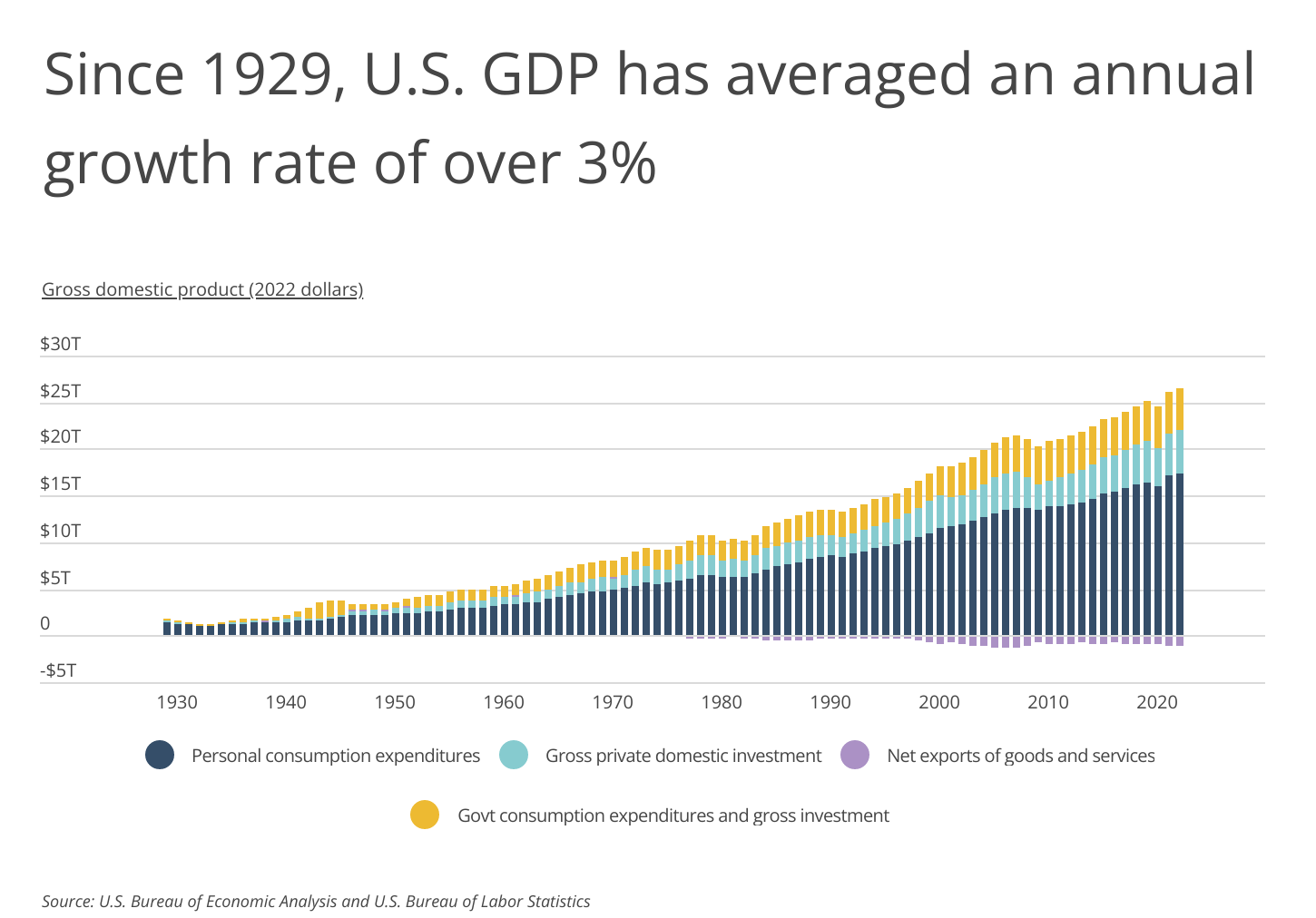
GDP is the value of all goods and services produced in an economy, and in the U.S., its path since the onset of the COVID-19 pandemic provides the most basic measure of the virus’s impact on the economy. Although U.S. GDP has averaged an annual inflation-adjusted growth rate of over 3% since 1929, the pandemic caused historic drops in 2020. Real GDP dropped 2.7% from 2019 to 2020. Prior to 2020, the last time GDP fell was in 2009 during the Great Recession, decreasing 1.6% from 2008. And before that, a drop in GDP had not occurred since the early 1980s.
While U.S. GDP in aggregate decreased from 2019 to 2020, gross private domestic investments decreased by 5.5% and the trade deficit grew by 7.1%. Personal consumption expenditures decreased by 3.1%, while government consumption expenditures and gross investment actually increased by 3.2%. Fortunately, the U.S. is showing signs of recovery, with a 5.7% increase in GDP from 2020 to 2021, and a smaller yet still noteworthy 1.1% increase from 2021 to 2022.
FOR BUSINESS OWNERS
Business interruption insurance is especially important for businesses that rely heavily on a physical location or expensive equipment to operate, like restaurants and manufacturing facilities. Make sure your business is covered in the event that a disaster causes interruption to your regular business operations and a subsequent loss of income.
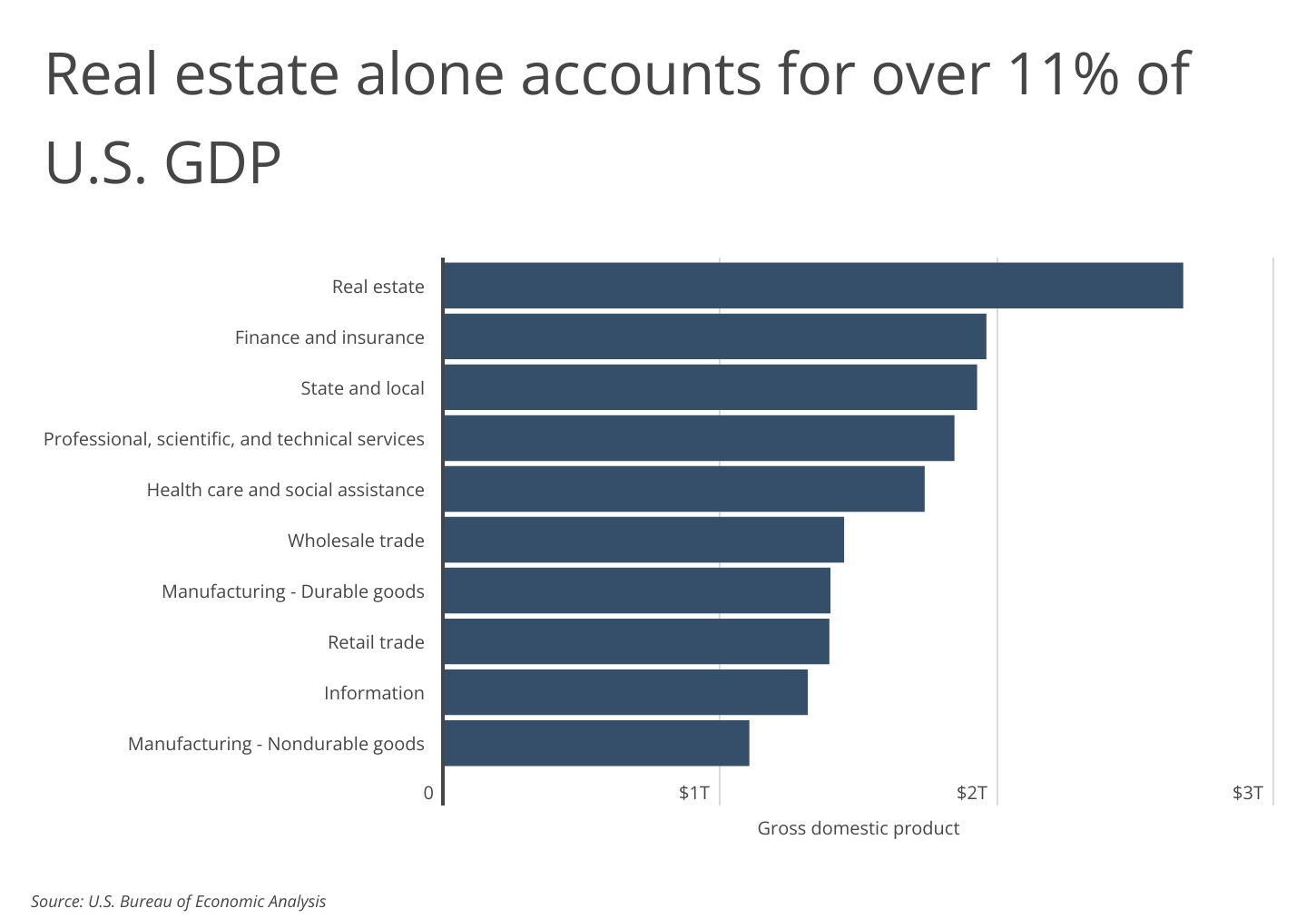
While total GDP includes consumer spending, business spending, government spending, and international trade, contributions to GDP vary widely by industry. In 2021, real estate alone accounted for over 11% of U.S. GDP, amounting to over $2.6 trillion in economic activity. The next largest industry was finance and insurance, which accounted for 8.4% of U.S. GDP. State and local government spending was not far behind in third, making up 8.3% of U.S. GDP. Manufacturing of non-durable goods contributed the least of all industry groups, but still made up 4.7% of U.S. GDP.
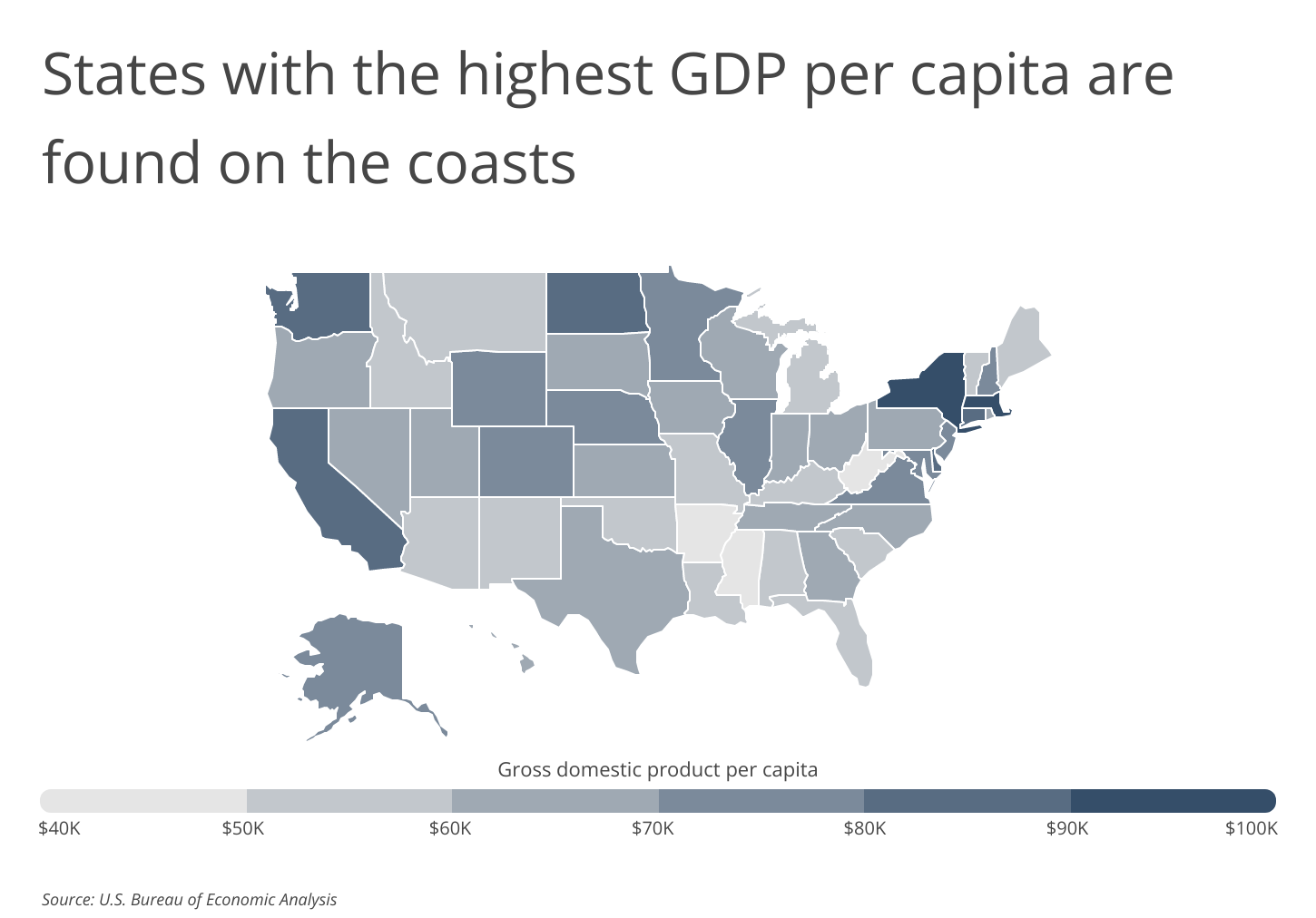
RELATED
Commercial umbrella insurance can be quite useful for small businesses. Let’s say your business is trying to finalize a contract with a new client, and the deal requires you to have liability coverage of at least $4 million. If your business’ existing limit sits at just $2 million, commercial umbrella insurance can cover the remaining $2 million.
GDP can vary dramatically by location, and the states with the highest GDP per capita are found on the east and west coasts. New York leads in GDP per capita at $95,851, with Massachusetts and Washington coming in second and third, at $91,819 and $87,546 respectively. California is not far behind with the fourth-highest GDP per capita, producing $85,969 of economic output per resident. Coastal access is vital for international trade, with more than 90% of world trade using sea routes to transport goods back and forth. Millions of jobs are also directly dependent on the resources of the oceans and Great Lakes, so it makes sense that the majority of large U.S. metros with the biggest economies are also on the coasts, or bordering Lake Superior or Lake Michigan.
Collectively, southeastern states have lower GDP per capita, with five southeastern states including South Carolina, Alabama, Arkansas, West Virginia, and Mississippi falling in the bottom 20% of all 50 states. Mississippi has the lowest GDP per capita at $43,156-less than half the GDP per capita of New York.
The data used in this analysis is from the U.S. Bureau of Economic Analysis. To determine the locations with the largest economies, researchers at Smartest Dollar calculated the gross domestic product per capita. In the event of a tie, the location with the greater total gross domestic product was ranked higher.
Here are the U.S. metropolitan areas with the largest economies.
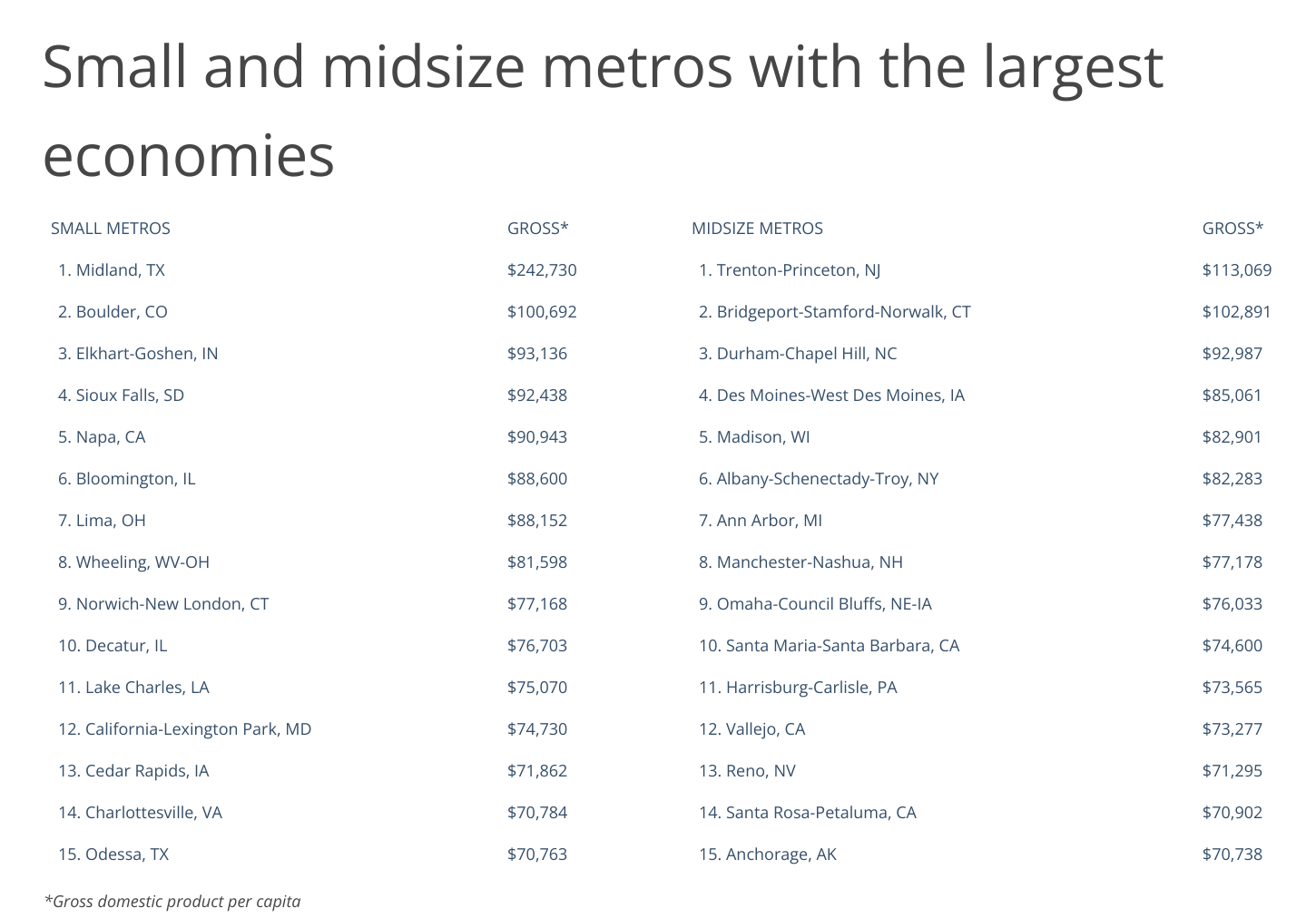
Large U.S. Metros With the Biggest Economies

Photo Credit: Jonathan Siegel / Shutterstock
15. Chicago-Naperville-Elgin, IL-IN-WI
- Gross domestic product per capita: $80,398
- Total gross domestic product: $764,583,227,000
- Private industry gross domestic product: $699,561,390,000
- Government gross domestic product: $65,021,837,000
- Personal income per capita: $71,992

Photo Credit: IVY PHOTOS / Shutterstock
14. Minneapolis-St. Paul-Bloomington, MN-WI
- Gross domestic product per capita: $80,468
- Total gross domestic product: $296,969,112,000
- Private industry gross domestic product: $270,587,437,000
- Government gross domestic product: $26,381,674,000
- Personal income per capita: $71,912

Photo Credit: Steve Heap / Shutterstock
13. Nashville-Davidson–Murfreesboro–Franklin, TN
- Gross domestic product per capita: $81,011
- Total gross domestic product: $163,031,737,000
- Private industry gross domestic product: $151,767,560,000
- Government gross domestic product: $11,264,177,000
- Personal income per capita: $70,026
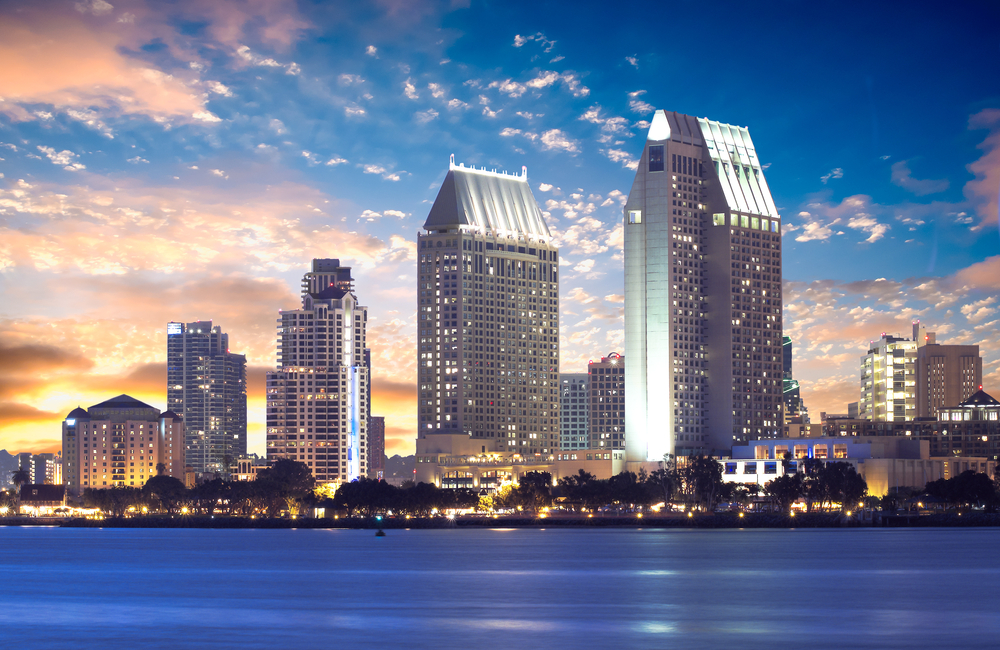
Photo Credit: Dancestrokes / Shutterstock
12. San Diego-Chula Vista-Carlsbad, CA
- Gross domestic product per capita: $81,548
- Total gross domestic product: $267,973,544,000
- Private industry gross domestic product: $218,311,085,000
- Government gross domestic product: $49,662,459,000
- Personal income per capita: $72,637
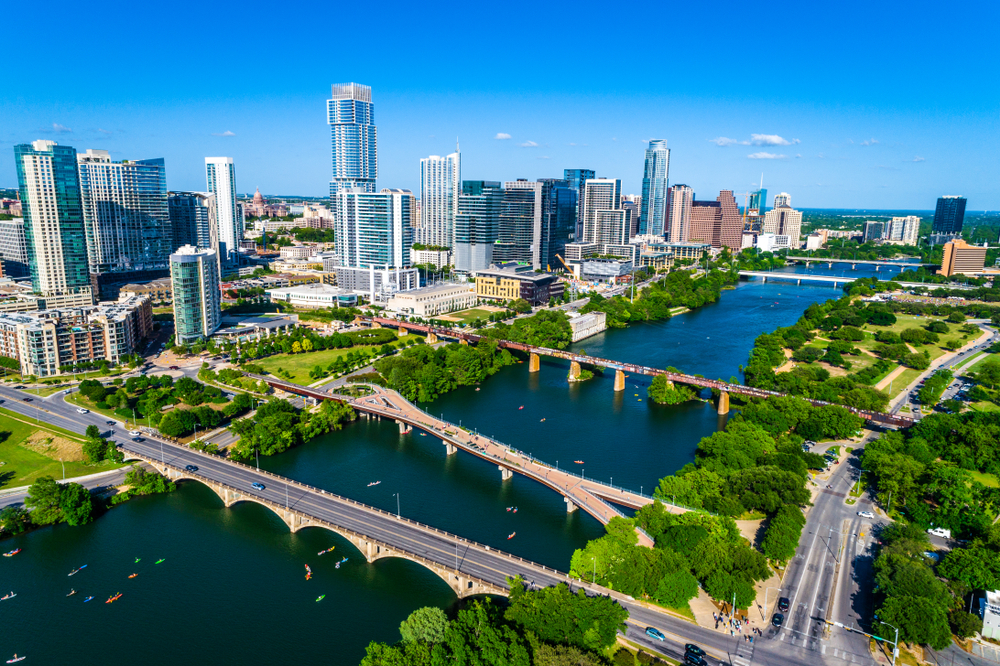
Photo Credit: Roschetzky Photography / Shutterstock
11. Austin-Round Rock-Georgetown, TX
- Gross domestic product per capita: $82,372
- Total gross domestic product: $193,773,558,000
- Private industry gross domestic product: $174,336,210,000
- Government gross domestic product: $19,437,348,000
- Personal income per capita: $71,372

Photo Credit: Nicholas Courtney / Shutterstock
10. Denver-Aurora-Lakewood, CO
- Gross domestic product per capita: $85,246
- Total gross domestic product: $253,399,051,000
- Private industry gross domestic product: $228,516,751,000
- Government gross domestic product: $24,882,300,000
- Personal income per capita: $78,150
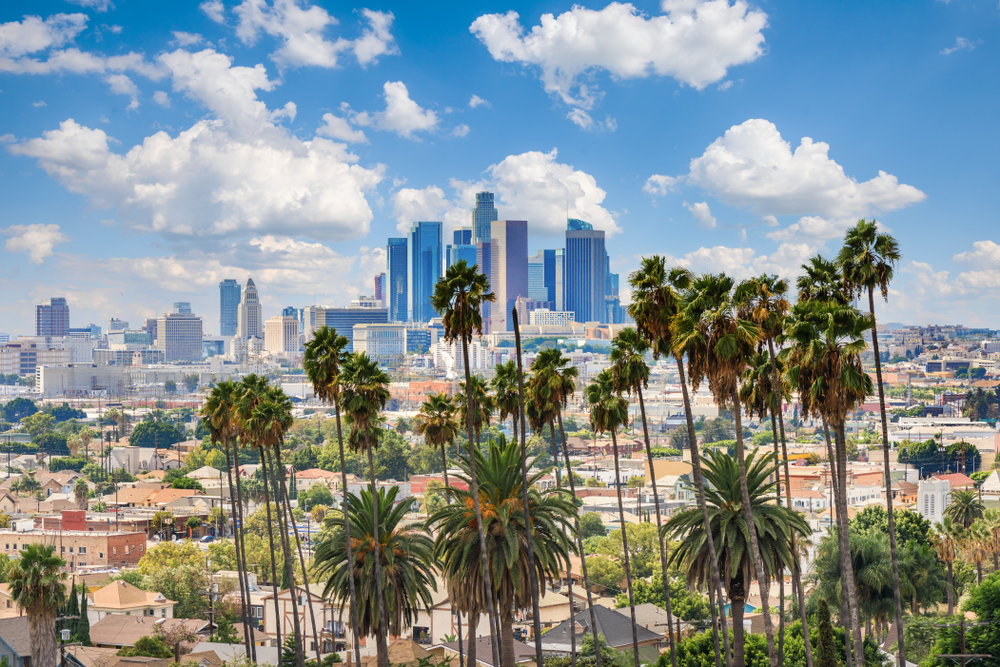
Photo Credit: Chones / Shutterstock
9. Los Angeles-Long Beach-Anaheim, CA
- Gross domestic product per capita: $86,532
- Total gross domestic product: $1,124,682,354,000
- Private industry gross domestic product: $1,020,236,603,000
- Government gross domestic product: $104,445,751,000
- Personal income per capita: $75,821

Photo Credit: Jon Bilous / Shutterstock
8. Hartford-East Hartford-Middletown, CT
- Gross domestic product per capita: $87,884
- Total gross domestic product: $106,507,622,000
- Private industry gross domestic product: $95,316,842,000
- Government gross domestic product: $11,190,780,000
- Personal income per capita: $69,951

Photo Credit: photo.ua / Shutterstock
7. Salt Lake City, UT
- Gross domestic product per capita: $93,815
- Total gross domestic product: $118,494,536,000
- Private industry gross domestic product: $106,503,327,000
- Government gross domestic product: $11,991,209,000
- Personal income per capita: $61,551

Photo Credit: f11photo / Shutterstock
6. Washington-Arlington-Alexandria, DC-VA-MD-WV
- Gross domestic product per capita: $95,593
- Total gross domestic product: $607,628,505,000
- Private industry gross domestic product: $471,029,245,000
- Government gross domestic product: $136,599,261,000
- Personal income per capita: $80,822

Photo Credit: Lukas Uher / Shutterstock
5. New York-Newark-Jersey City, NY-NJ-PA
- Gross domestic product per capita: $100,806
- Total gross domestic product: $1,992,779,274,000
- Private industry gross domestic product: $1,818,524,851,000
- Government gross domestic product: $174,254,423,000
- Personal income per capita: $85,136

Photo Credit: Sean Pavone / Shutterstock
4. Boston-Cambridge-Newton, MA-NH
- Gross domestic product per capita: $108,506
- Total gross domestic product: $531,671,846,000
- Private industry gross domestic product: $488,538,006,000
- Government gross domestic product: $43,133,840,000
- Personal income per capita: $92,290
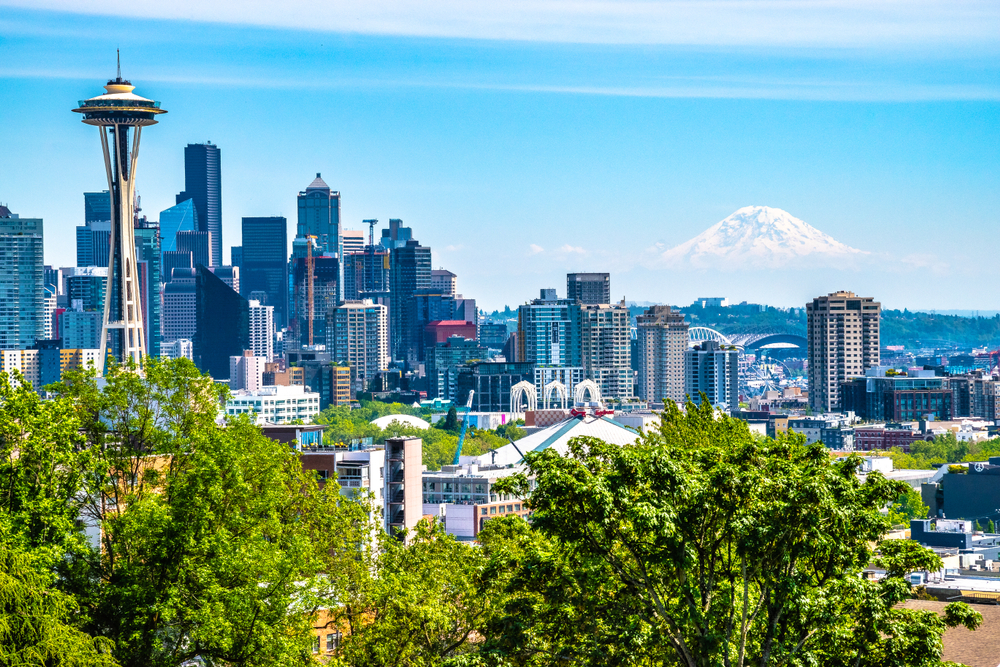
Photo Credit: Jeremy Janus / Shutterstock
3. Seattle-Tacoma-Bellevue, WA
- Gross domestic product per capita: $119,646
- Total gross domestic product: $479,966,484,000
- Private industry gross domestic product: $437,233,616,000
- Government gross domestic product: $42,732,868,000
- Personal income per capita: $89,274

Photo Credit: yhelfman / Shutterstock
2. San Francisco-Oakland-Berkeley, CA
- Gross domestic product per capita: $144,633
- Total gross domestic product: $668,677,573,000
- Private industry gross domestic product: $618,221,905,000
- Government gross domestic product: $50,455,668,000
- Personal income per capita: $123,711
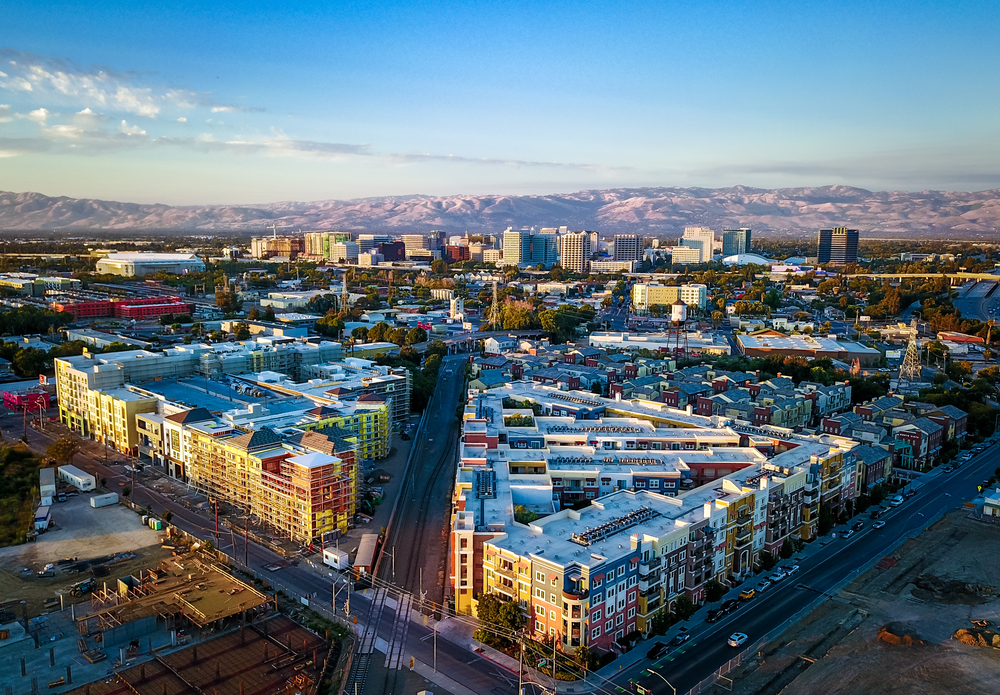
Photo Credit: Uladzik Kryhin / Shutterstock
1. San Jose-Sunnyvale-Santa Clara, CA
- Gross domestic product per capita: $210,235
- Total gross domestic product: $410,418,579,000
- Private industry gross domestic product: $395,093,204,000
- Government gross domestic product: $15,325,375,000
- Personal income per capita: $136,338
Detailed Findings & Methodology
The data used in this analysis is from the U.S. Bureau of Economic Analysis’s Gross Domestic Product data. To determine the locations with the largest economies, researchers at Smartest Dollar calculated the gross domestic product per capita. In the event of a tie, the location with the greater total gross domestic product was ranked higher. To improve relevance, only metropolitan areas with at least 100,000 residents were included. Additionally, metros were grouped into cohorts based on population size: small (100,000–349,999), midsize (350,000–999,999), and large (1,000,000 or more).
By clicking the above links, you will go to one of our insurance partners. The specific companies listed above may not be included in our partner's network at this time.
